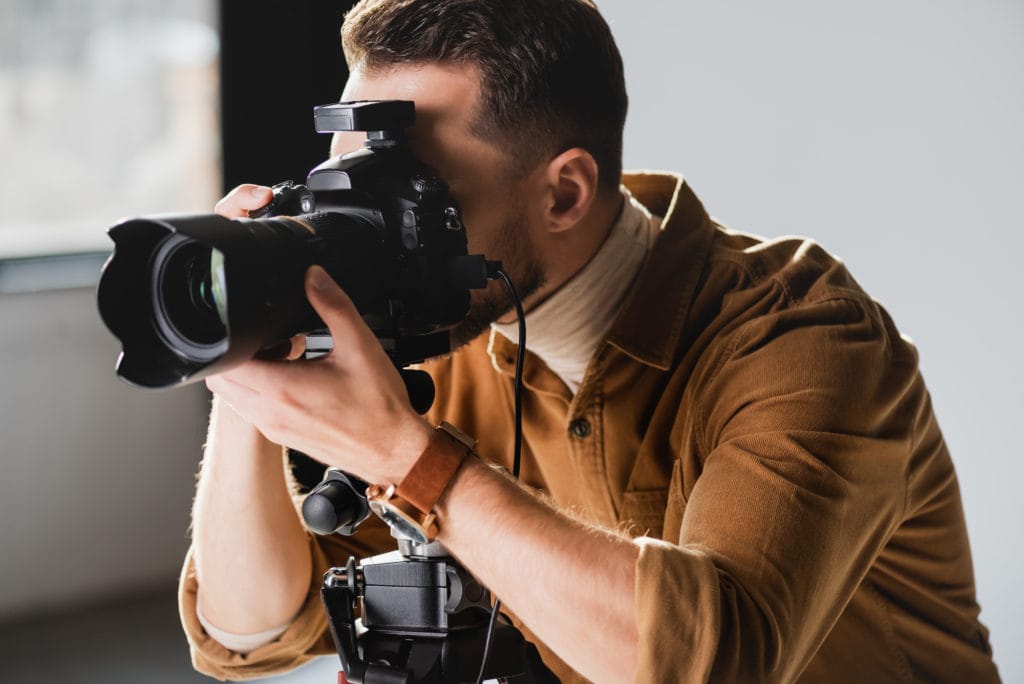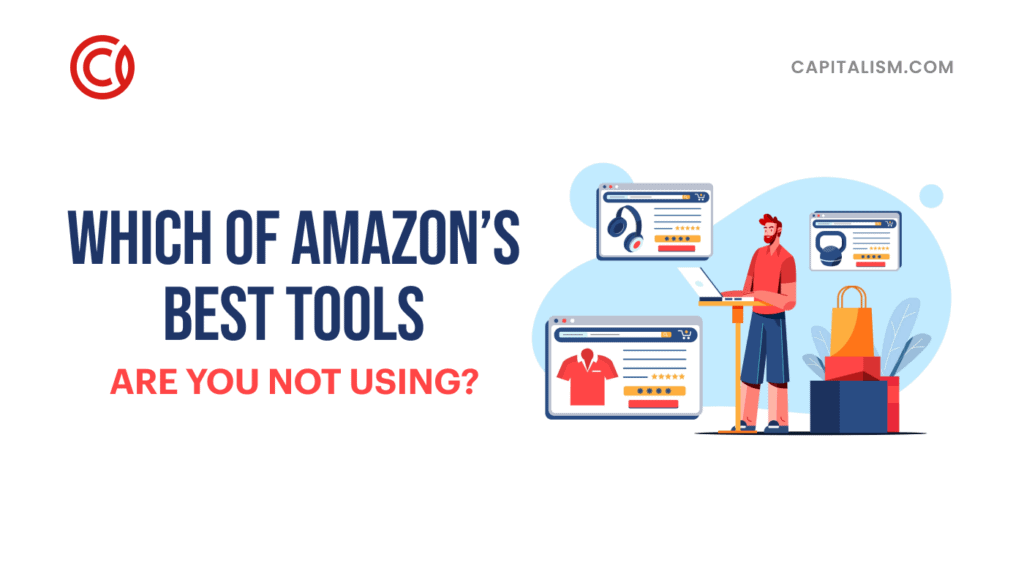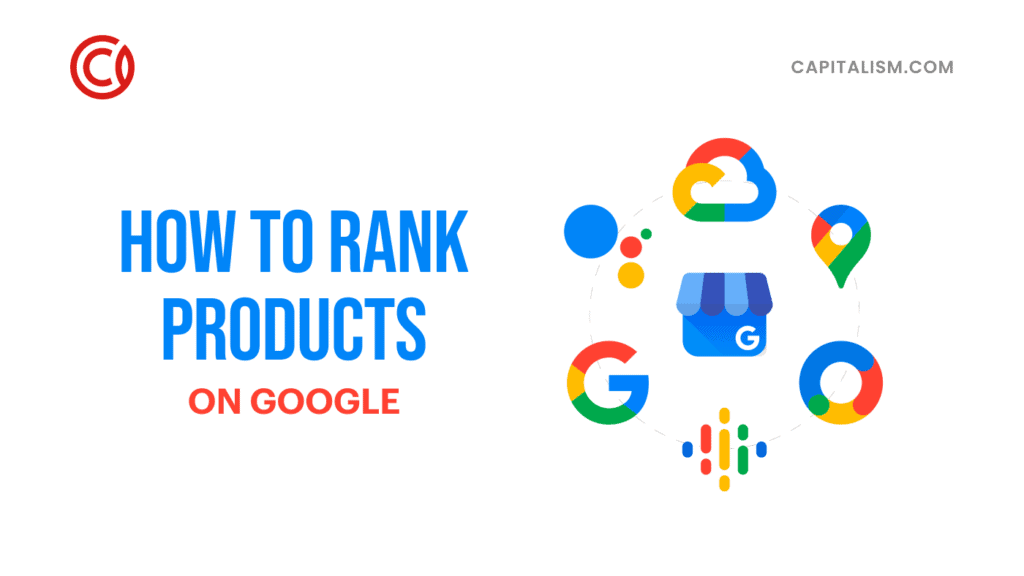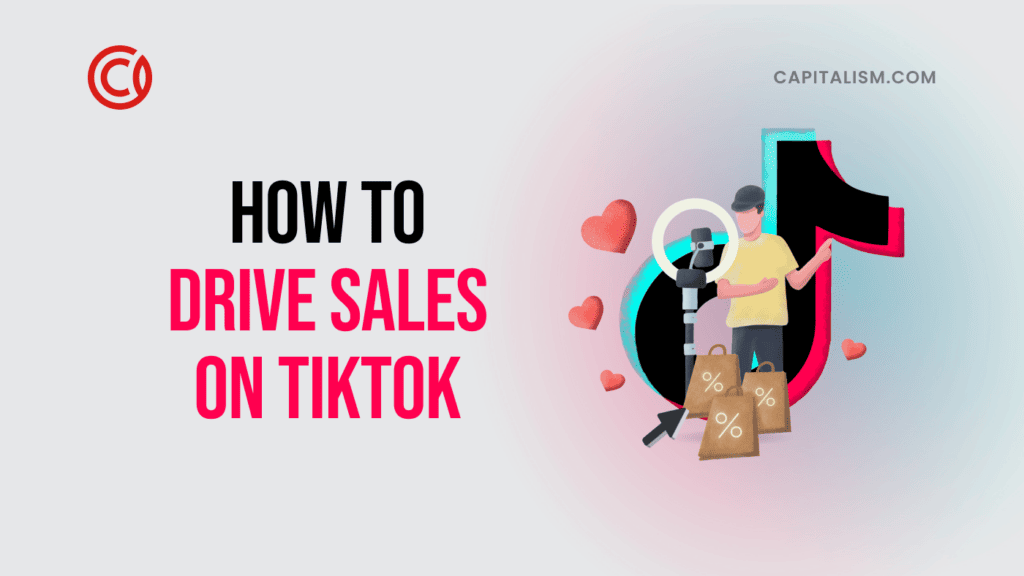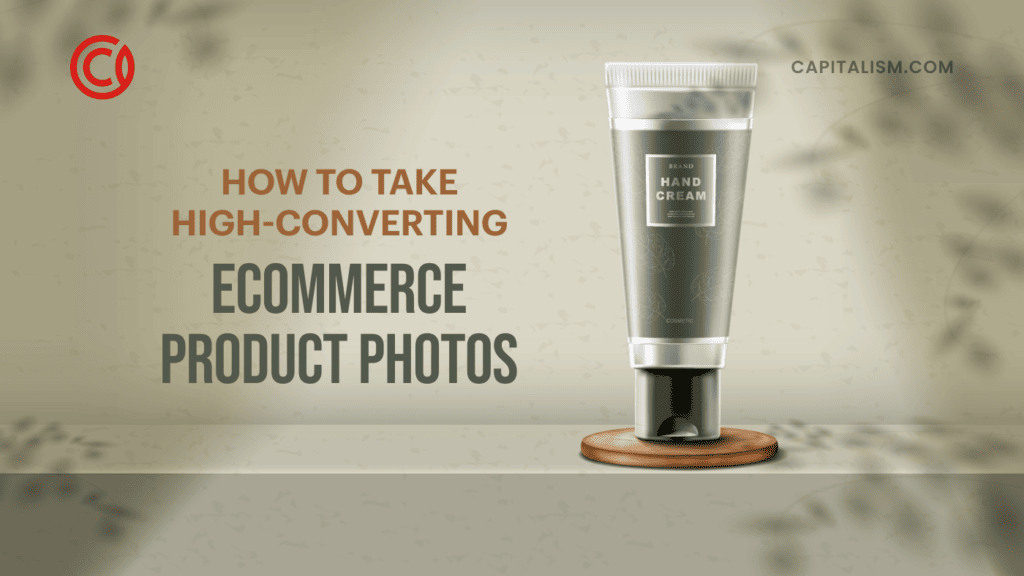If you're a shutter bug, ever wonder how you can make money with photography? Can you really turn that hobby into a business that pays you — maybe even replace your full-time job?
You might be thinking…
How do photographers make money shooting models?
Or how can you make money with nature photography?
How can I do what they do?
The good news is that learning how to make money with a photography hobby is absolutely possible.
The bad news? Photography is a highly competitive field. Hundreds of freelance photographers within your local county pitch the same services you do. Many of them will be your competitors.
But don't get discouraged.
If you polish your camera skills and learn some practical business skills, then photography can be both a viable and lucrative business opportunity.
And this article will teach you exactly what you need to know.
How to Make Money With Photography
How Do Freelance Photographers Make Money?
Freelance photographers make money by selling their skillset: photography. That's the most straightforward answer.
However, there are a variety of factors that go into earning money with photography. For one, photographers usually specialize within a particular niche, like product photography or engagement shoots. Others might sell photography online to online stock photo marketplaces.
Also, photographers must build a portfolio to market their services. Think of a portfolio as the equivalent of a resume when applying for a job. It documents your past work and shows off your skillset. Your portfolio will attract prospects and will help you land clients.
How Much Money Can You Make As a Photographer?
Freelance photographers make an average annual salary of $35,776. If you want to know how to make millions in photography, this figure will probably disappoint you. However, this is just a baseline.
The average salary for photographers heavily fluctuates, depending on your experience and industry. For example, in-house photographers for large corporations can make over $70,000 per year. Some hugely successful photographers, like Eric Kim, make over $200,000 per year.
Also, the rise of social media and online marketing is opening new opportunities for photographers to find work and command higher rates. Depending on your level of commitment, photography can be a lucrative side business or a full-time income.
How Do I Start Selling Photography?
Ready to launch a business by leveraging your photography skills? Here are seven steps to starting your photography business.
#1 Buy Your Equipment
If you want to deliver top-notch shots and get well paid for it, you'll want to invest in your photography equipment. In addition to buying your camera, here are some tools you worth adding to your toolkit.
Camera Tripod:
Tripods reduce camera movement, which helps you capture crisp and high-quality photos.
Prime Lens:
Unlike a zoom lens, a prime lens has a fixed focal length. Although you sacrifice the versatility of a zoom lens, prime lenses often offer superior quality and can bring more light into your camera.
Lighting Attachments:
While your camera may have a built-in flash unit, it's not always the best quality. An external flash unit helps you capture high-quality shots, even in low-light settings.
SD Memory Cards:
As a photographer, you'll be purchasing many of these because they store all your photography. Be sure to carry spare memory cards during your photoshoots.
Remote Shutter Release:
This camera attachment lets you capture photography without physically pressing the camera button. Using a remote shutter release reduces camera shaking that can cause blurry shots.
Cleaning Kit:
Like all tools, cameras experience wear and tear and can accumulate dirt, dust, and moisture. Regular cleaning and maintenance will keep your camera in top condition.
Camera Bag:
Sometimes you need to transport more gear than you can carry in two hands. This is when a camera bag comes in handy. Specially designed camera bags are equipped with pockets and compartments to store and protect your gear in transit neatly.
Drone:
If you want to impress your clients, consider adding a drone to your kit. Drones are great if you want to photograph special events, like weddings and parties. You can take shots from incredible angles, impossible from the ground level.
Laptop:
Your camera isn't the only significant investment in your business. You'll also need to buy a high-performance laptop suited for photo editing. Since you will spend the bulk of your time editing, it's worth purchasing a laptop that is durable and will serve your needs.
While some of this equipment is costly, don't let that discourage you from getting started. Start with what you can afford and add to your toolkit as you gain more experience.
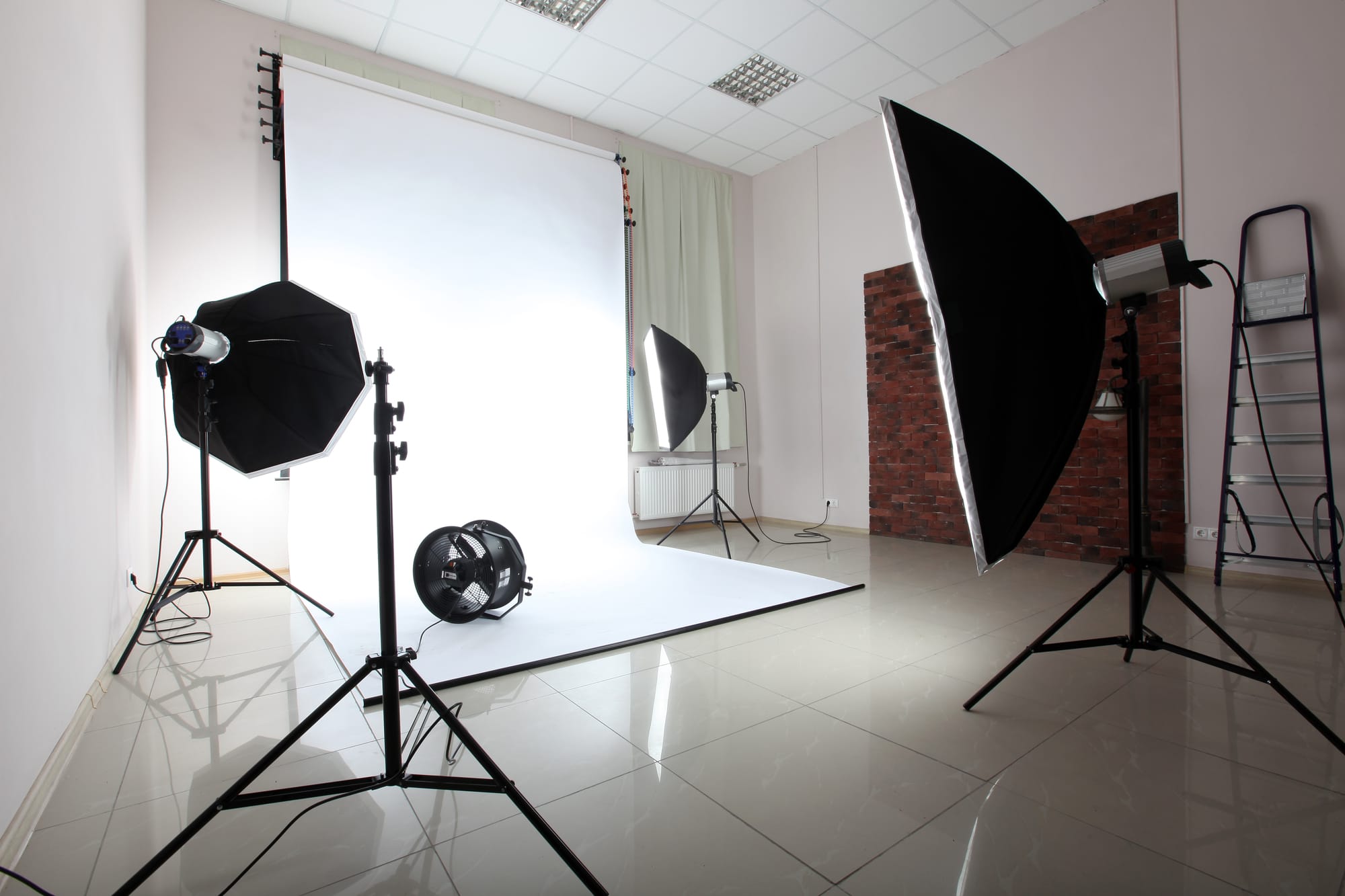
#2 Choose a Photography Niche
You might think that specializing in a photography niche limits your opportunities, but it's the opposite. Specializing lets you build experience and mastery within a few niches. Your expertise allows you to charge premium rates.
Don't be a jack of all trades but a master of none. If you really want to excel in your photography, choose the right photography niche for you. Here are some popular photography niches to consider:
When starting out, try exploring different niches to determine which one aligns with your interests and income goals.
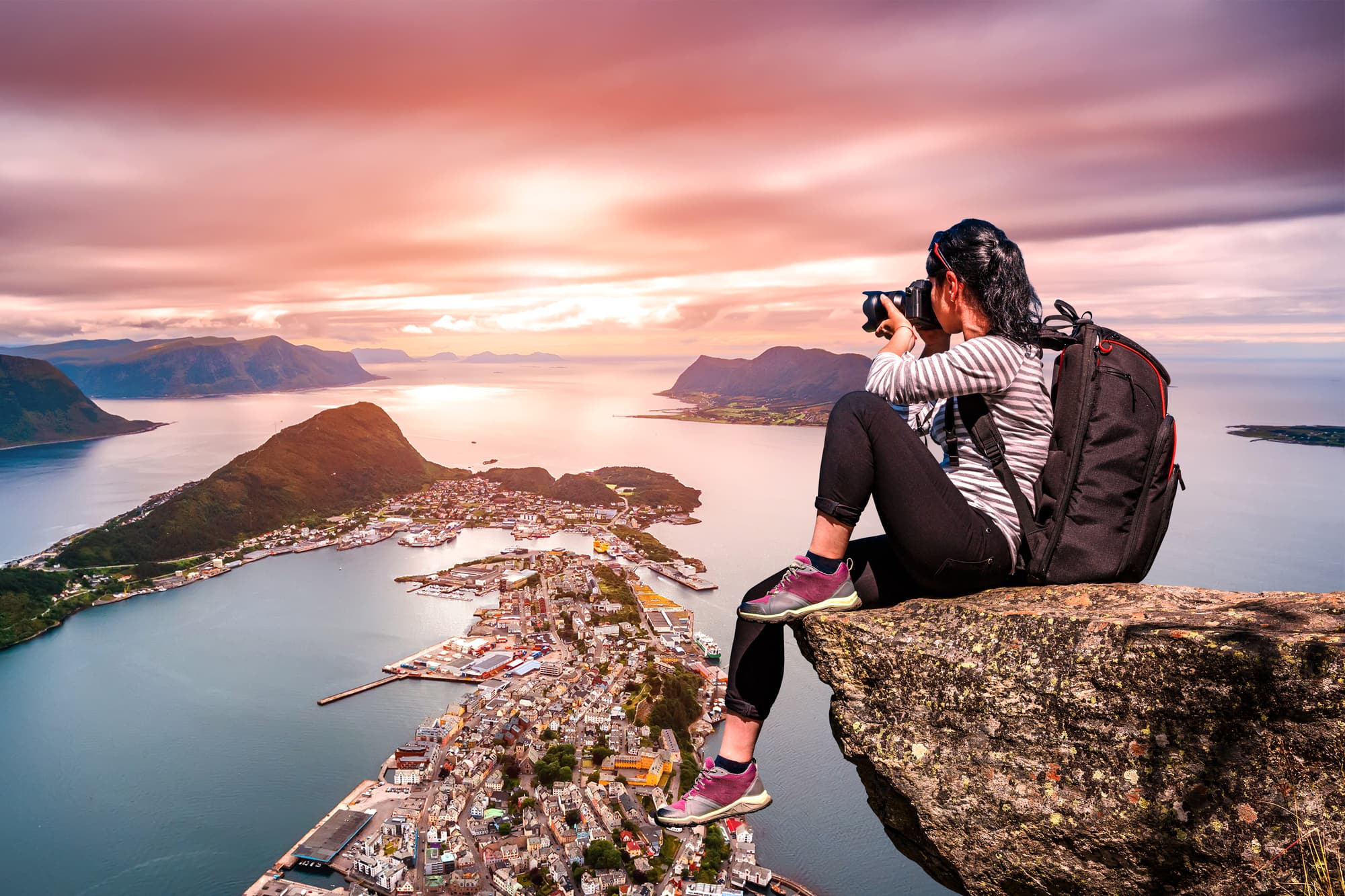
#3 Build Your Portfolio
When starting out, your portfolio will likely be non-existent or limited.
How do you find paying clients when you have zero to no experience?
The truth is — and you may not like it — is that sometimes you have to work for free.
Marketing powerhouse Gary Vaynerchuk believes that working for free is one of the best ways to get your foot in the door. As a beginner photographer, especially if you're freelancing, this is precisely what you need.
Money is only one resource that grows your business. Exposure, experience, and building your network are potent assets, as well.
Ask your friends if they have any upcoming work parties or birthdays that you can photograph. Offer free headshots for aspiring professionals building their professional and personal brand. Ask your local fashion schools if you can photograph their designs.
As you gain experience, you'll need somewhere to post your work. While social media has its benefits, consider building an online website. With your own website, you control how you present your portfolio. It may be tempting to post every photo you capture, but that may be inefficient (and can seriously slow down your page load time). Instead, curate your portfolio with your best shots.

#4 Register Your Business
If you're serious about growing your freelance photography business, consider registering it as a Limited Liability Corporation (LLC). Forming an LLC lets you enjoy some attractive benefits, like personal liability protections and certain tax benefits.
And forming an LLC follows a simple process. All you'll need to do is choose a business name. File the necessary paperwork (called the Articles of Organization) with your state. Pay the filing fee. And you're done!

#5 Market Yourself
Start with creating your business website, concentrating your efforts on SEO. Ranking in local search results for keywords like "wedding photographer Los Angeles county" will help your business get found.
Content marketing can also improve your brand presence and domain authority. Publishing useful blog posts can showcase your expertise and increase your influence. For example, you can publish a round-up post on the best wedding poses and then pitch your own services at the end.
Also, don't forget to include an opt-in email form on your website. Growing your email list helps convert your website visitors into future paying clients.
Finally, it might be worth using paid advertising as a more direct marketing approach. Instagram and Facebook ads are great for driving traffic to your business website.

#6 Leverage Social Media
Social media goes beyond connecting with old high school friends. It's now a real and effective way to grow your business.
Instagram and Pinterest are great platforms for showcasing your photography. Be sure to use relevant hashtags to improve the chances of your content being seen.
It's worth noting to keep your social media profiles more professional than personal. While posting about your own life is fine in moderation, you'll want to cater your content to increase your brand exposure. That means posting the best shots from your recent photoshoots, showing what's behind the scenes at photoshoots, and sharing useful photography.
Also, are you curious about how to make money as a photographer on Instagram? You can partner with popular influencers. Setting up a photoshoot and tagging each other in the photos increase both of your exposure, and you might receive messages requesting to do a photoshoot with you.

#7 Prepare Your Taxes
Taxes for freelance photographers can be confusing, especially if this is the first time you've been self-employed. To help you prepare for tax filing season, consider the following tips:
Filing for taxes for the self-employed is a more involved process than when you're a traditional employee. If numbers and deductions aren't your strong point, consider hiring a business accountant.
A business account's experience and expertise ensure that you're fulfilling your tax obligations. Also, they will ask the right questions to maximize your tax deductions. Sometimes, the deductions will offset the price of hiring an accountant.
Whether you're filing your taxes yourself or hiring someone else to do it, organized bookkeeping records are a must. That includes keeping your personal and business expenses and assets separate (which is an absolute necessity if you form an LLC). This will make the entire process much smoother.

What Type of Photos Sells Best?
There are opportunities to build a profitable business within whichever photography niche you choose. However, some industries are in more demand than others:
Wedding Photography
Among the dozen photography niches available, weddings can be exceptionally profitable. Many aspiring wedding photographers can expect to make over $45,000 annually after building their experience and increasing their rates. Also, this industry is relatively recession-resistant — people will always get married, and they need somebody to capture this special day.
Commercial Photography
Commercial photography is another niche packed with profit potential. Within this niche, you can target companies with large budgets for marketing, usually marketing and digital firms. Your services will be contracted for increasing sales. Most of your photo subjects will be physical products. While commercial photography is a great opportunity, you must have top-notch skills if you expect to work with high-paying clients.
Work With Amazon Sellers
Amazon is also creating lucrative opportunities for photographers. Amazon has amassed over 54 million Prime members. People are using Amazon as their dedicated retailer, and entrepreneurs have noticed. Millions of small and medium-sized businesses are now selling on Amazon. As the competition grows fiercer, sellers need to do everything they can to stand out.
That's where you come in.
Amazon is flooded with products that all look the same. You can give Amazon sellers a competitive advantage with high-quality photos. A beautiful primary photo will attract buyers to the listing. Secondary photos can offer more details and different angles. Your photography can increase sales, which helps sellers rank higher on Amazon.
The great part about freelancing is that you can choose a niche that both interests and pays you. If you intend to use photography as a side hustle, then sticking with a topic you enjoy can turn your business into a paid hobby.
Where Can I Sell Photos Online?
Much of our daily activities are moving online — entertainment, shopping, education, and more. Following this trend, you might be wondering how to make money with photography online.
Fortunately, the internet is making it easy for photographers to earn money by selling stock photos online. Websites, like Adobe Stock and Shutterstock, will pay you when their members download or purchase your photos on their platform. That's because stock photos are in high demand. Small businesses to large corporations need stock photos to complement their articles and design their websites.
Also, you get to shoot a variety of subjects — from professionals shaking hands to calming meadows. If stock photography is something that you're interested, here are a couple of photography marketplaces to check out:
Adobe Stock
Adobe Stock was one of the first marketplaces where photographers could sell their photos online. You can find a wide variety of content on Adobe Stock, ranging from fashion and models to architecture and business.
The requirements for becoming a contributor are simple. You must own all the rights to your photography and attach any necessary releases if your photography features recognizable persons or private property. Also, you need to be at least 18 years old — unfortunately, if you're under 18 and want to know how to make money from photography as a teenager, then you might want to pass on Adobe Stock.
Next, let's talk about how Adobe Stock pays you. For each sale Adobe Stock makes on one of your photos, you receive a 33% commission. This may seem high, but with Adobe Stock's large customer base and brand reputation, this marketplace can still be a lucrative opportunity.
Shutterstock
Shutterstock proudly announces on their website that they've paid over $1 billion to their contributors. For freelance photographers, Shutterstock can be a great marketplace to monetize your photography.
Your earnings will depend on your tier. Currently, they have four tiers, which go by how much money you've earned on Shutterstock. For example, you would be placed in tier one if you've only made under $500 on their platform. After you've made $500, you'll advance to the next tier. The amount you earn per image download will increase as you progress through the tiers. This type of payment structure incentivizes their contributors to stay with Shutterstock.
Your Own Website
If you've spent time building an audience, you can sell photos on your own website. Choosing your site over an online marketplace lets you enjoy some attractive benefits:
If you decide to sell photos on your website, it's worth paying a website designer extra for an engaging site. How your website looks and functions are just as important as what you're selling.
What Is the Best Camera to Buy For a Beginner Photographer?
As a beginner, your first camera will depend on your niche and budget. Naturally, quality and performance usually scale with the price. However, you can still kickstart your photography business using a moderately priced camera.
For an entry-level camera that gets the job done, the Canon EOS Rebel SL3 is an excellent choice. Priced at $539.00 on Amazon, this is an affordable DSLR camera with the following specifications:
As you build your experience and expand your business, you can consider upgrading to a higher-quality camera. The best cameras are often over $2,000, but the quality and performance are breathtaking. They're worth the investment if professional photography is your passion (and primary income).
How Do You Get Paid for Your Photography?
A significant part of making money through your photography is, well, getting paid. This part can get tricky, especially if you're a beginner freelance photographer. However, it's a step to note carefully.
Here are a few things to keep in mind when getting paid:
Send Professional Invoices
Starting out, it may be tempting to use a money exchange app, like Venmo or Zelle. As your business grows, you may want to start sending professional invoices. This tiny step can change your appearance from a photography hobbyist to a professional photographer.
But if you've never sent an invoice, it can be a little confusing.
Fortunately, there is invoice software that makes it easy. PayPal is a common choice because it's completely free to sign up and send invoices. There are also some subscription-based services, like Bonsai and Freshbooks, which include some useful functions like automated payment reminders and customizable templates. Choose based on your budget and needs.
Set Your Payment Terms
When onboarding a new client, make your payment terms clear from the start.
If you're charging an upfront down payment, make that clear and set a firm deadline. Explain that you can't get started until the down payment has cleared.
Also, outline your payment methods. Will you accept credit and debit cards? If not, will you accept cash or check? PayPal is another popular route for getting paid as a freelance photographer.
Finally, set a payment due date. Your due date should show prominently on your invoice. Otherwise, your client might put it off and get to it when they can. Some photographers request payment one week after they send their invoice. Wedding photographers sometimes set their payment due dates 30 to 60 days out.
Itemize Your Services
It's easy to charge one large lump sum for "engagement photoshoot" and call it a day. However, it's better business practice to break down how you price your services, especially if you charge an hourly rate.
For example, on your invoice, you'll have one line that charges for the two-hour photo shoot. On the next line, you'll charge for four hours of editing. Another line might detail mileage reimbursement.
This keeps your pricing transparent and easy to track. Also, it is useful in case there are any disputes about the final total.
Final Thoughts
Taking your photography from a hobby to a business is more than shooting subjects when inspiration hits. It's also about setting up systems and making thoughtful decisions on how to present yourself as a professional and business owner.
It isn't enough to just be good at photography. You also need to learn how to run a business. Hopefully, this article offered insight on how to market yourself, where you can sell your services, and how to collect payment.
Even if you're a novice photographer just starting, this information will be invaluable as your skills and business grow over time. It takes more than just solid information to build a successful business, though. If you go it alone, you have to feel your way along what can seem like a dark, twisty path. Trial and error works, eventually. But what we’ve found is that entrepreneurs thrive best in a community of like minded business builders. We’d like to introduce you to just that kind of community. Check out The One Percent and if it seems like a fit, come on in and join us!
